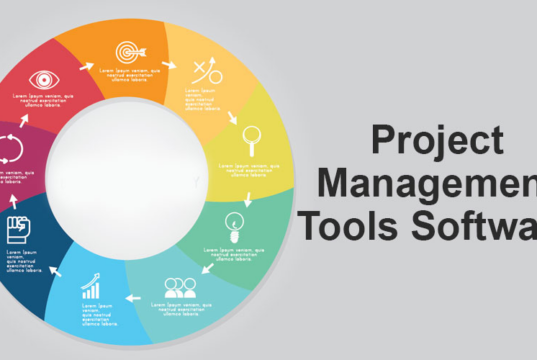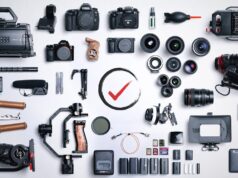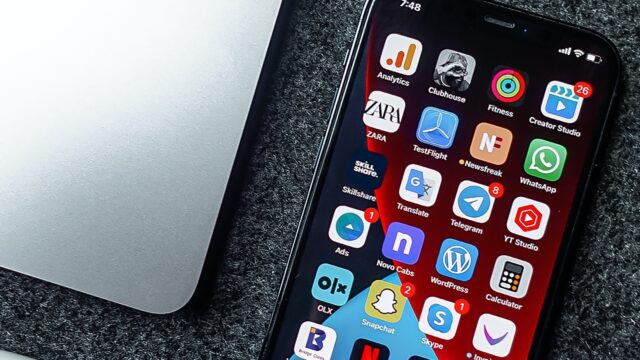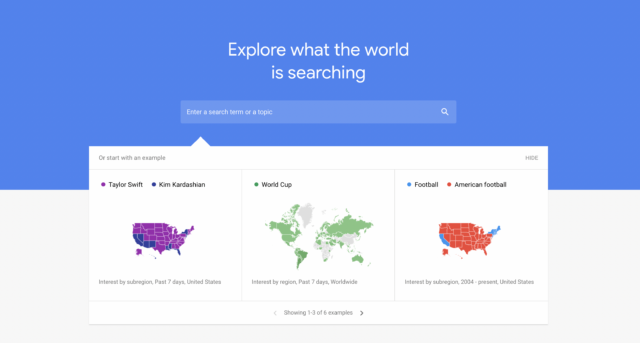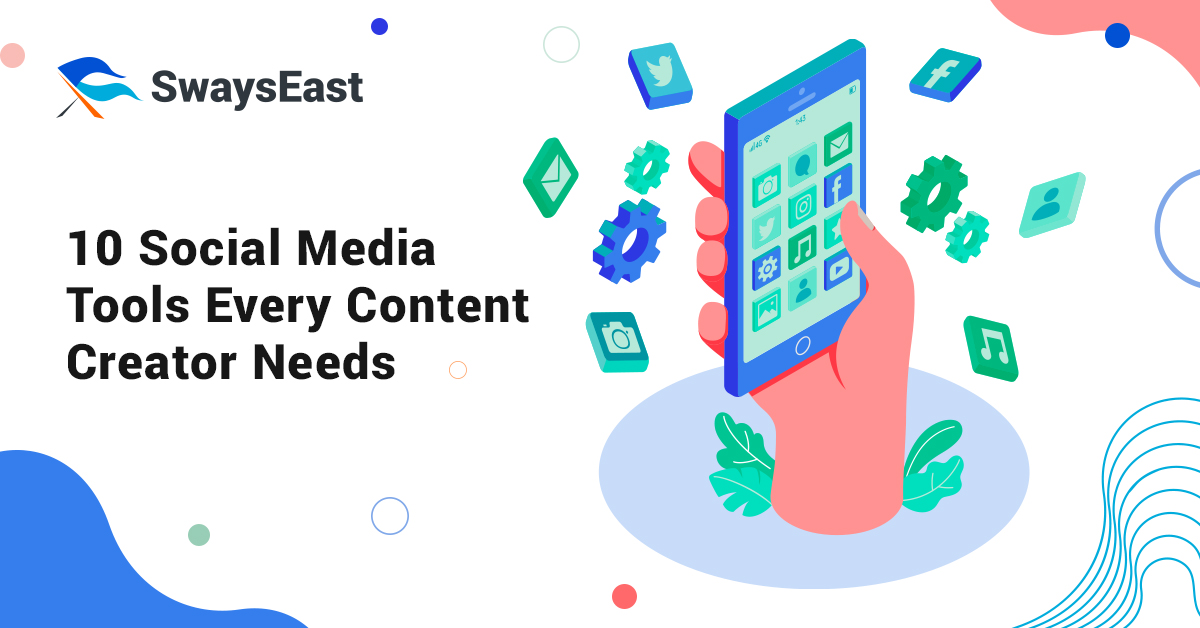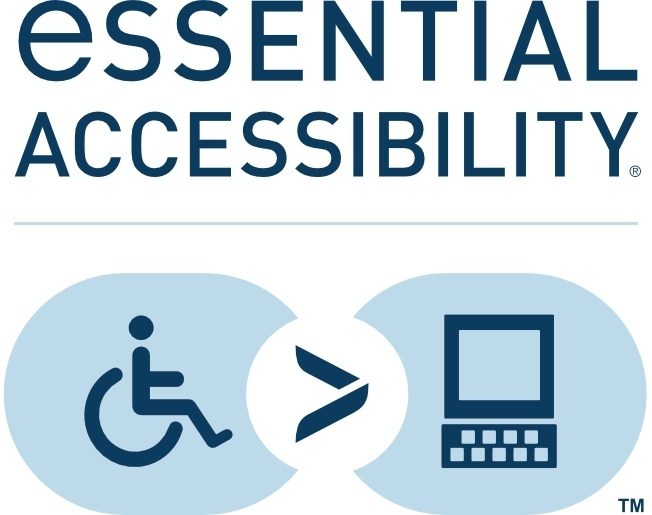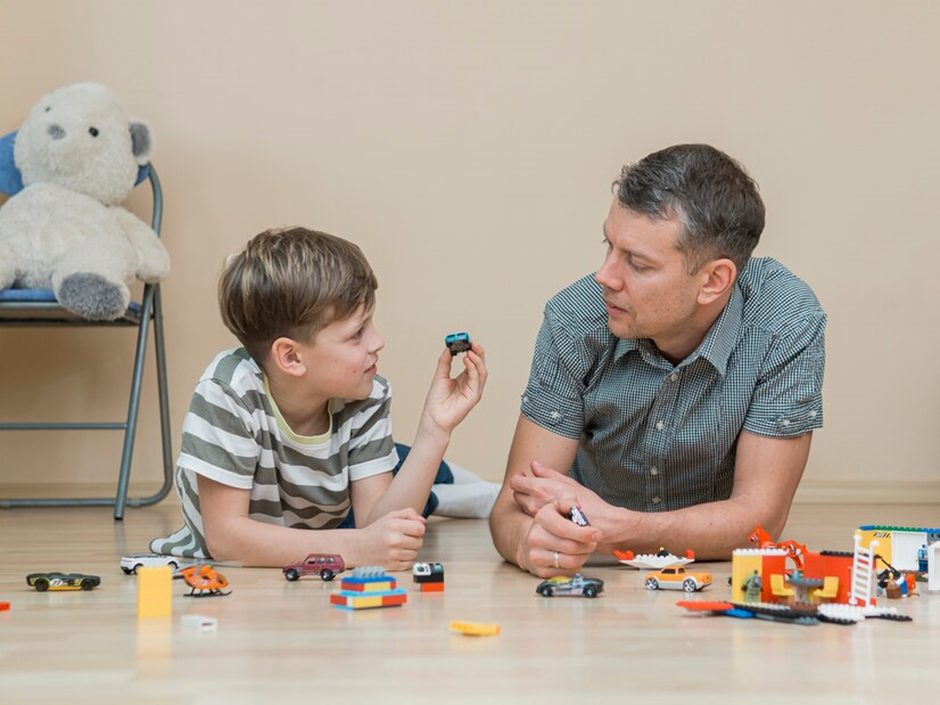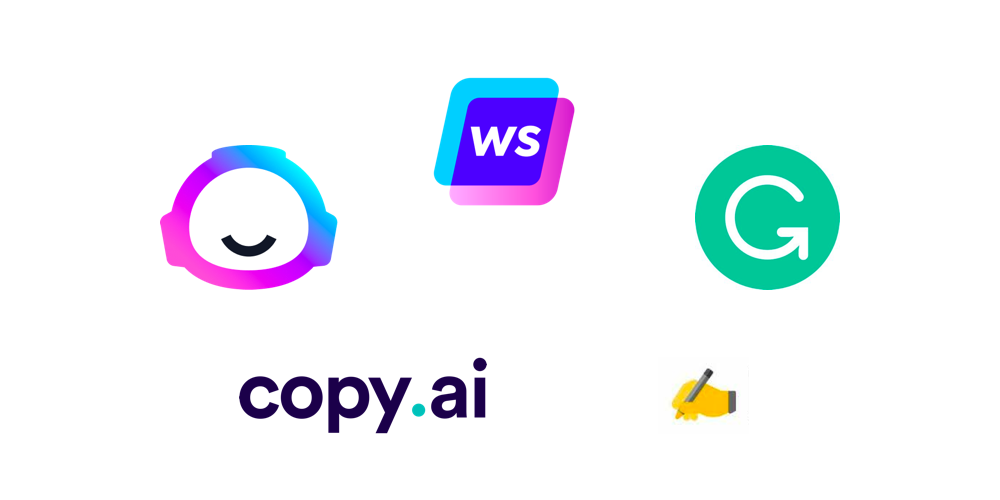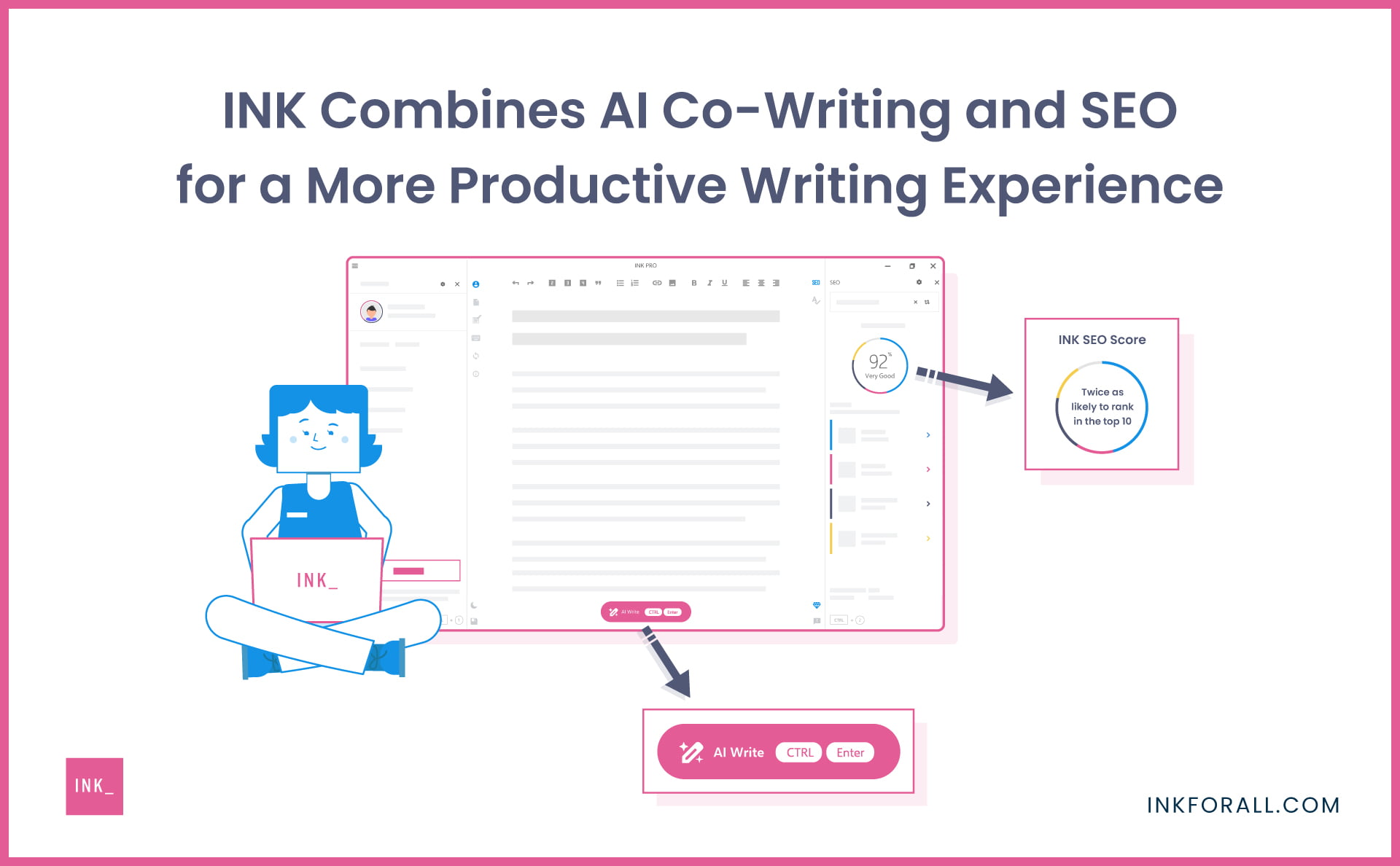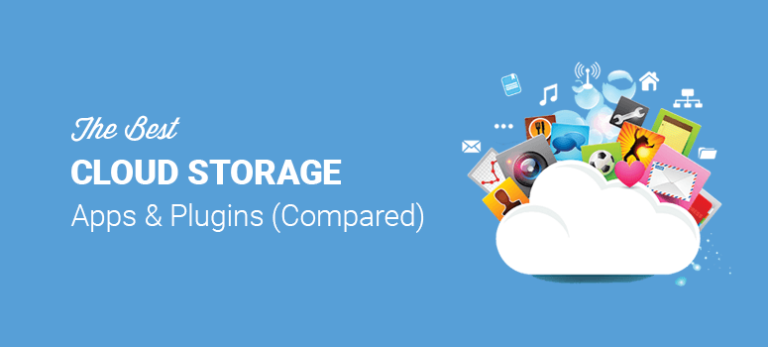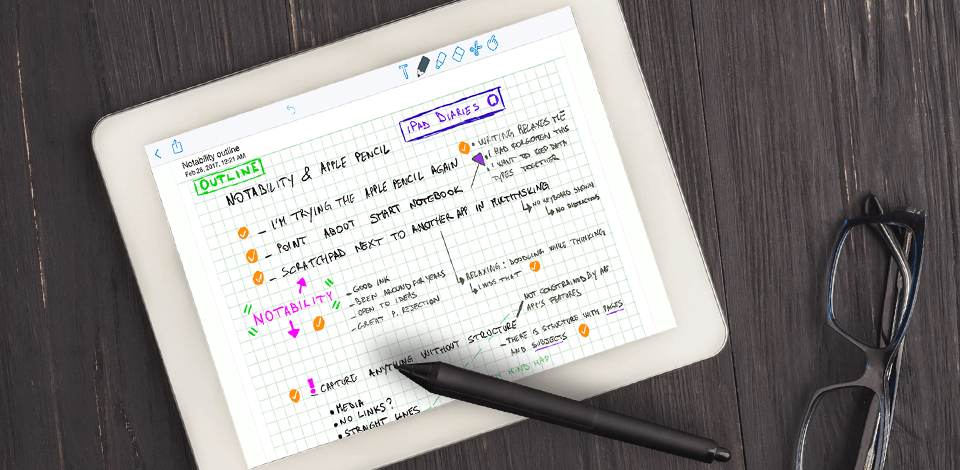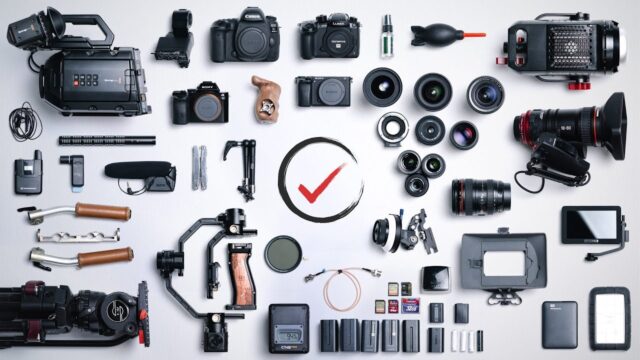Essential Antivirus: 5 Crucial Factors For Choosing The Best Protection
Essential Antivirus: 5 Crucial Factors for Choosing the Best Protection
Related Articles: Essential Antivirus: 5 Crucial Factors for Choosing the Best Protection
- Amazingly Powerful: 5 Top Graphic Design Software Choices For Beginners
- Amazing 5 Budgeting Apps To Master Your Finances
- 5 Amazing Note-Taking Apps To Supercharge Your Productivity
- Essential 7 Video Editing Tools Every Filmmaker Must Master
Introduction
With great pleasure, we will explore the intriguing topic related to Essential Antivirus: 5 Crucial Factors for Choosing the Best Protection. Let’s weave interesting information and offer fresh perspectives to the readers.
Table of Content
Essential Antivirus: 5 Crucial Factors for Choosing the Best Protection

Choosing the right antivirus software can feel overwhelming. The market is flooded with options, each promising ultimate protection and boasting a laundry list of features. But behind the marketing hype, what truly matters? This comprehensive guide will equip you with the knowledge to navigate the complex world of antivirus software and select the best solution for your specific needs. We’ll dissect five crucial factors to consider, helping you make an informed decision and ensure your digital life remains safe and secure.
1. Protection Capabilities: Beyond the Basics
While all antivirus software aims to protect your system from malware, the depth and breadth of their protection vary significantly. Don’t just settle for basic virus scanning; look for comprehensive protection that goes beyond the basics. Key features to consider include:
-
Real-time protection: This is a fundamental feature that continuously monitors your system for malicious activity, blocking threats before they can infect your files. Look for software that offers real-time protection against viruses, Trojans, worms, ransomware, spyware, and adware. Many also now incorporate protection against phishing attacks and other online scams.
-
Malware scanning: This is the core function of any antivirus software. However, the effectiveness of scanning varies. Some programs use signature-based detection, identifying known threats based on their unique "signatures." Others utilize heuristic analysis, examining the behavior of files and programs to identify potentially malicious ones, even if they are previously unknown. The best antivirus software combines both methods for optimal detection rates.
-
Web protection: A robust web protection feature is critical in today’s online world. This typically includes a URL filter that blocks access to known malicious websites and phishing sites designed to steal your personal information. Some advanced solutions even incorporate secure browsing features that prevent malicious scripts from executing on your browser.

Email protection: Similar to web protection, email protection scans incoming and outgoing emails for malicious attachments and links. This prevents malware from entering your system through email, a common attack vector.
-
Ransomware protection: Ransomware is a particularly insidious form of malware that encrypts your files and demands a ransom for their release. Look for antivirus software with dedicated ransomware protection, often including features like file backups and recovery tools to help mitigate the damage if an attack occurs.
-
Firewall: While not always included in antivirus packages, a firewall is a crucial element of system security. It acts as a barrier between your computer and the internet, monitoring and blocking unauthorized network access. If your antivirus software doesn’t include a firewall, consider purchasing one separately or using the built-in firewall of your operating system.
-
Vulnerability scanning: Some advanced antivirus solutions offer vulnerability scanning, identifying weaknesses in your system’s software that could be exploited by attackers. Addressing these vulnerabilities proactively can significantly enhance your overall security posture.
2. Performance Impact: Speed and Efficiency

Antivirus software needs to be effective, but it shouldn’t cripple your system’s performance. A heavy antivirus program can slow down your computer, making it sluggish and unresponsive. Look for software that is lightweight and efficient, minimizing its impact on system resources.
Consider these factors:
-
CPU usage: Monitor the CPU usage of the antivirus software during both idle and active periods. A well-optimized program will have minimal impact on your CPU, ensuring your system remains responsive.
-
Memory consumption: Excessive memory consumption can also lead to performance issues. Check the memory usage of the antivirus software and choose one that is relatively lightweight.
-
Disk usage: Frequent disk scans can impact system performance, especially on older or slower hard drives. Look for software that offers optimized scanning schedules and techniques to minimize disk usage.
-
Battery life (for laptops): If you use a laptop, consider the impact of the antivirus software on battery life. Some programs are more resource-intensive than others, leading to reduced battery life.
3. Usability and Features: Ease of Use and Added Value
The best antivirus software is not only effective but also easy to use. A complicated interface can be frustrating, making it less likely that you’ll use all the features effectively. Look for software with a clean, intuitive interface and clear instructions.
Consider these features:
-
Ease of installation: The installation process should be straightforward and simple.
-
Intuitive interface: The main dashboard should be easy to navigate and understand.
-
Customizable settings: The software should allow you to customize settings to match your specific needs and preferences.
-
Scheduled scans: The ability to schedule automatic scans is essential for maintaining ongoing protection.
-
Customer support: Reliable customer support is crucial if you encounter any problems or need assistance.
-
Extra features: Some antivirus suites offer additional features like password managers, VPNs, or PC optimization tools. Consider whether these extra features are valuable to you and worth the added cost.
4. Pricing and Value: Balancing Cost and Protection
Antivirus software comes in a range of prices, from free options to expensive suites. Consider your budget and the level of protection you need when choosing a product. A free antivirus might be sufficient for basic protection, but for more comprehensive security, a paid subscription might be necessary.
Consider:
-
Free vs. paid: Free antivirus software often lacks advanced features, but can provide adequate protection for basic users. Paid subscriptions typically offer more comprehensive protection, features, and customer support.
-
Subscription length: Longer subscriptions often offer a better value per year.
-
Features included: Compare the features offered by different programs and choose one that provides the protection you need at a price you can afford.
5. Reputation and Reviews: Trustworthy Sources and User Feedback
Before committing to any antivirus software, research its reputation and read user reviews. Look for software from established companies with a proven track record of providing effective protection. Check independent testing labs like AV-Comparatives and AV-Test for their ratings and reviews. These labs rigorously test antivirus software, providing unbiased assessments of their performance.
Consider:
-
Independent testing results: Look for antivirus software that consistently receives high ratings from independent testing labs.
-
User reviews: Read user reviews on websites like Trustpilot or G2 to get an idea of users’ experiences with the software.
-
Company reputation: Choose a reputable company with a long history of providing security software.
By carefully considering these five factors – protection capabilities, performance impact, usability and features, pricing and value, and reputation and reviews – you can make an informed decision and choose the antivirus software that best suits your needs. Remember, your digital security is paramount, and investing in reliable antivirus protection is a crucial step in safeguarding your data and online activities. Don’t hesitate to spend time researching and comparing options to find the perfect fit for your individual requirements and budget. Choosing the right antivirus isn’t just about ticking boxes; it’s about securing your digital future.
Closure
Thus, we hope this article has provided valuable insights into Essential Antivirus: 5 Crucial Factors for Choosing the Best Protection. We hope you find this article informative and beneficial. See you in our next article!
google.com

